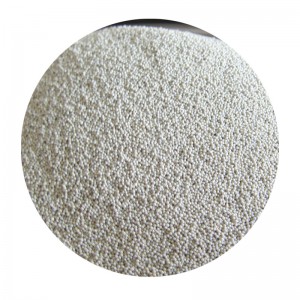3D printing has revolutionized numerous industries, but one of the most fascinating applications lies in the realm of sand 3D printing. This advanced technology opens up new possibilities in both artistic and industrial domains, transforming the way we conceptualize and create products using sand as a primary material.

In essence, 3D printing with sand involves layering sand particles one on top of the other, binding them together using a special adhesive. The result is a remarkably detailed and structurally sound product. This technique is particularly popular for creating complex geometries that traditional manufacturing struggles to achieve, such as intricate architectural models and large-scale industrial prototypes. The expertise behind 3D sand printing is rooted in the unique composition and treatment of the sand itself. Unlike the regular sand found on beaches, 3D printing sand is specifically engineered for consistency and structural integrity. This ensures that when the binding agent is sprayed, the particles adhere precisely as intended. The delicate balance involved in combination and preparation of materials is critical, demanding high-level expertise in both materials science and engineering.

For industries, the authoritative aspect of 3D sand printing is spearheaded by its capability to produce custom fittings and components at unparalleled speed and cost-effectiveness. Foundries, for instance, employ sand 3D printing to create intricate molds for metal casting. Traditional methods that might take weeks to deliver a single mold can now be completed within days. This reduction in production time not only accelerates project timelines but also reduces overall costs, establishing 3D sand printing as an authoritative solution in modern manufacturing.
Trustworthiness in sand 3D printing is echoed by the precision and repeatability of its outputs. Manufacturers and artists alike trust this technology for its ability to reproduce exact replicas without mechanical discrepancies. In engineering applications, this reliability is paramount, as even minor deviations can lead to significant functional failures. The trust placed in 3D sand printing is further enhanced by ongoing advancements in software and hardware capabilities, allowing for highly sophisticated design adjustments and quality control processes.3d print sand
Real-world experience showcases the flexibility and ingenuity of sand 3D printing. Artists who have employed this technology describe the thrill of seeing their conceptual designs brought to life with unparalleled detail. For example, sculptures crafted through sand 3D printing possess an organic textural quality that is difficult to replicate using traditional materials. This tactile advantage has opened up new avenues of creativity, where ideas are not restricted by the limitations of carving or chiseling.
In the realm of environmental sustainability, sand 3D printing stands out as a forward-thinking technology. The ability to recycle sand and minimize waste aligns with broader industry trends towards sustainable manufacturing practices. By reusing sand from earlier prints, companies can significantly reduce material costs and their environmental footprint.
The future of sand 3D printing holds immense potential beyond its current applications. Innovations in binding agents, the precision of machinery, and advancements in software continue to propel the industry forward. As these technologies evolve, the gap between the concept and reality grows ever narrower, enabling the creation of highly customized solutions for a diverse range of products.
In conclusion, 3D printing with sand is not just a technological process; it is an intersection of art, engineering, and sustainability. It presents a unique blend of experience and expertise, backed by its authority and trustworthiness in delivering precise products tailored to specific needs. As industries continue to evolve, 3D sand printing remains a critical tool, poised to shape the future of manufacturing and design in innovative and sustainable ways.
Next:Ceramic casting sand for sand 3d printing
